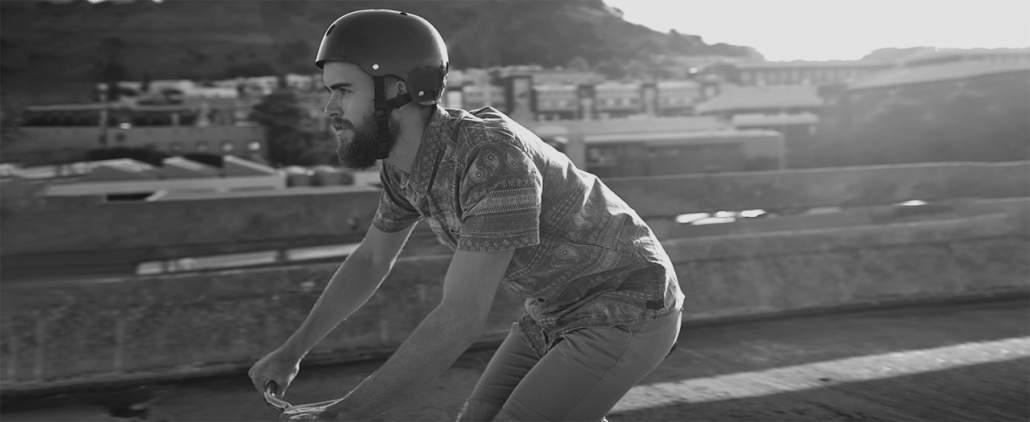Don't have enough energy?
Depression can drain our energy, making us feel tired, slow, and unmotivated to do even the simplest task. And the kicker is, the more we slow down, the more tired and listless we end up feeling. Here are a few tips to help us get things moving forward again.
Think movement
Forget comparing ourselves with the neighbour who jogs – start with the simple act of moving. On our lowest days, this might mean just dragging ourselves out of bed – but it’s a start and getting ourselves in motion can actually help us feel more energized and put our minds in a better place.
Just do it
The days we feel least like doing something active are the most important days to do it. Those are the days when we will feel best after doing it.
Do it for someone else
Often we’ll bend over backwards for those we love. Think of your physical activity as necessary for helping your children, partner, friend, or pet. By helping them, we’re doing ourselves some good too – it’s a win-win situation.
Positive thoughts, positive action
Negative thinking can really grind us down, so try flipping things around. Think of the good stuff about physical activity – more energy, better sleep, better appetite, clearer thinking – to help get us going. A positive mind frame will lead to positive action.
Recognize how hard it is
When we’ve managed to get ourselves going – even for the simplest of things like washing the dishes, for example – we should take a moment to recognize that any kind of physical activity is really difficult when depression is at its worst. We can use the momentum to carry ourselves on to our next small task.
Don’t know how to get started?
When our thinking is clouded by depression, it can be hard to plan, organize, and get things started. A guy can end up doing nothing because he just doesn’t know where to begin. Below are some tips to get the ball rolling.
Keep it simple
It doesn’t have to be complicated – just keep things simple. If the most you can do is take a short walk, start there. The next day, try to do a little more and build on that.
Pick a convenient activity
It’s more likely that we’ll do something if it’s easy and convenient. Walking or running don’t require much equipment and are easy to do from nearly anywhere. The same goes for swimming or exercise class — if it’s easy to get to and the timing is convenient, it’s more likely that we’ll go.
Do something you enjoy
If we don’t like an activity, chances are we’re not going to do it. But if we enjoy a particular activity — whether it’s walking, biking, or ping pong — we’ll be more likely to do it and stick with it over time. The important thing is to pick something we like. Then we’ll look forward to it and feel better when we do it.
Involve other people
Involving other people is a great way to motivate ourselves to get active and be social. Join an exercise group or exercise with a friend. You’ll stay connected and you’ll have support to help you stay on track.
Use reminders
To make sure we don’t “forget” to do some physical activity, we can give ourselves reminders. This could be as simple as a sticky note on our mirror reminding us to go for a walk in the morning.
Not able to stick with it?
The most important thing when it comes to physical activity and making sure you get the most out of it is to make it a habit. There are a number of ways we can start routines for physical activity. Below are just a few tips to give us some ideas.
Set reasonable goals
Our mission doesn’t have to be working out in the gym five days a week. Think realistically about what you might be able to do. Tailor your plan to your needs and abilities rather than trying to meet unrealistic targets that you’re unlikely to meet.
Make a commitment with another person or a group
Committing to a physical activity routine with a friend or family member will allow us to push and support each other.
Reward yourself
When we’re first establishing our routine, rewarding ourselves can be helpful for staying motivated.
Build a lifelong habit
The purpose of physical activity is not about shedding a few pounds or reducing our pant size and then telling ourselves that we made it. Rewarding ourselves for such accomplishments is important, but when it comes down to it, the ultimate goal is for physical activity to become a lifelong habit that we take pride in and enjoy.


